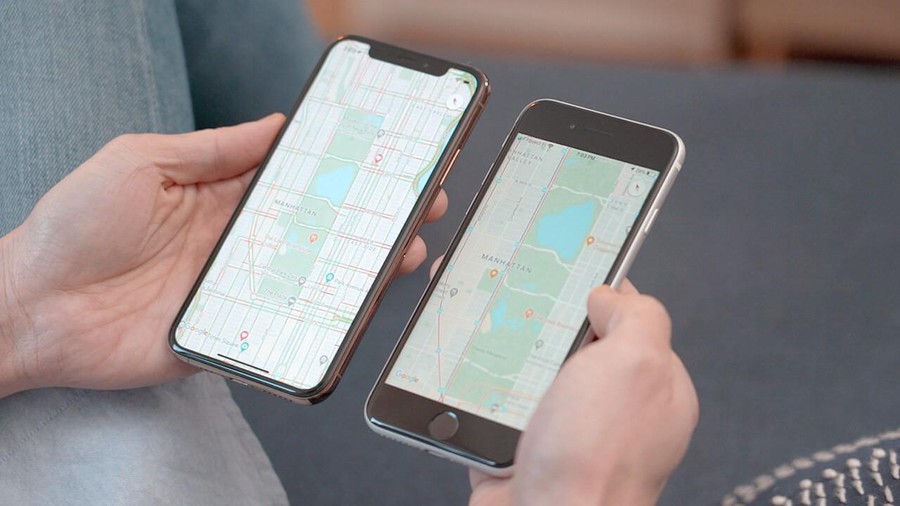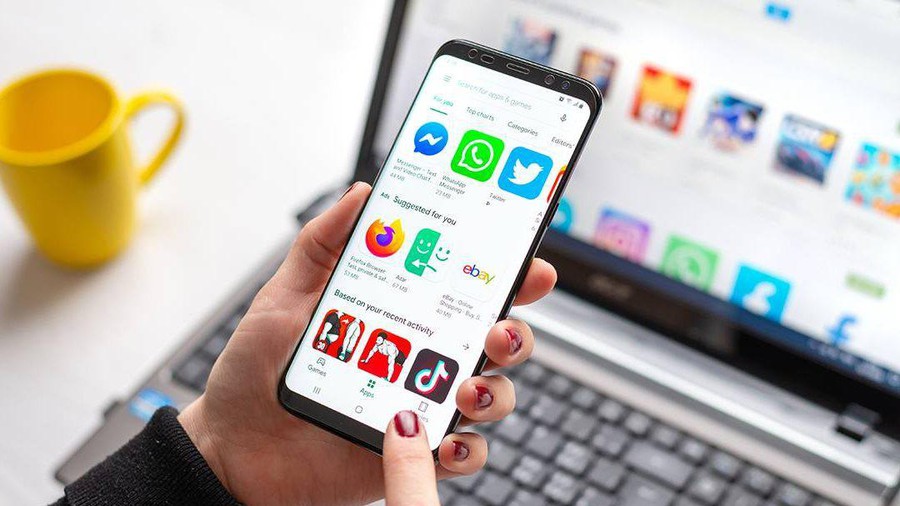How to fix hacked / infected phone
Smartphones can be considered as the indomitable object of many people. Not just a means of entertainment, serving work. The phone is sometimes also a place to store personal information, important data of each person. So what to do when the phone is hacked or infected with malware? Here are some issues to keep in mind.

How do I know if my smartphone has been hacked or contains malicious code?
Essentially, signs that your phone has been hacked or is being tampered with by outside malicious factors include:
- Fast battery drain even though not in use
- The phone runs much slower.
- Sometimes strange situations happen like apps suddenly display or unfamiliar calls or messages suddenly appear.
Note: Hacked phones often result in online accounts stored on the device being affected as well. So if you realize that your phone may have been hacked, you should immediately take measures to ensure control over all online accounts on the device such as Facebook, Gmail, and many other applications.
Cause the phone is hacked
Your phone can be hacked for a variety of reasons, not always under your control:
- Clicking on unique links to online websites leads to the malware being downloaded and installed on the device.
- Clicking on the fake links attached in a phishing email can also cause malware to be installed on the system.
- Hack SIM card.
- Hackers break into your phone via Bluetooth connection or public Wifi.
Regardless of the actual cause, hacked smartphones often lead to similar consequences: Malicious agents will try to steal data on the device for profit in some way, using the phone. Your tools perform various malicious behaviors.
How to fix hacked / infected Android phone
You can 'clean' your phone and identify malicious attack activities using the following measures:
1. First, enable Safe Mode on Android. Once enabled, remove all newly installed or unrecognized apps from your Android (try to find hidden apps as well). Uninstalling unrecognized or recently installed apps can help remove any potential malware that you have accidentally installed through these applications.
(Why is it necessary to turn on Android Safe Mode before deleting apps? In this mode, Android disables all third-party apps that are running on the system. This will essentially also stop apps from running. does not need to launch, which makes it easy to remove unwanted apps from your phone without any errors).
2. Install and launch antivirus software for Android. These apps will scan your phone for malicious files and apps and delete them permanently.
3. If you have rooted your Android phone, it means that areas of the system that are normally protected by security privileges have been opened, making the system more vulnerable to attack. To solve this, you will need to use one of the native apps like SuperSU unroot the device and go back to the original security state.
3. Reset Android lock screen and system PIN. This will ensure that if a hacker has access to your credentials and attacks your phone that way, they won't be able to access it again after you restart the device. You can also lock apps using the screen pinning feature to increase the level of security.
4. Reset account password. You may need to reset login information for important online accounts on the system such as Facebook, Gmail, Office365 . To ensure safety.
You should read it
- 6 clear signs that your phone is hacked
- How to Detect a Phone is Hacked
- Signs that your phone is infected with a virus
- WhatsApp encrypted messaging application is hacked with just a phone call
- The UN acknowledges that cyberattacks are extremely sophisticated and cannot identify the culprit
- Instructions for finding the Android phone model (line) you own
- Signs show clearly that your system is being hacked
- Check Android phone configuration
- 1 million Chinese phones are infected with the virus
- Only charging the battery through a computer, your iPhone may also be hacked
- 6 steps to handle wet phone
- Which mobile phone has the most virus?
May be interested

Warning ransomware fake game Cyberpunk 2077 for Android

Warning Ghimob new banking malware, mobile users cannot remove

Anti-malware tools, safety protection for smartphones

Settings that help improve the security of your Android device

Norton App Lock protects important and private apps on your smartphone

6 simple tips but make your phone more secure






 Ham hacked the game, the boy made the computer infected with virtual money and ruined it
Ham hacked the game, the boy made the computer infected with virtual money and ruined it WhatsApp encrypted messaging application is hacked with just a phone call
WhatsApp encrypted messaging application is hacked with just a phone call 6 clear signs that your phone is hacked
6 clear signs that your phone is hacked 4 symptoms when your phone is infected with malicious code
4 symptoms when your phone is infected with malicious code Signs that your phone is infected with a virus
Signs that your phone is infected with a virus The UN acknowledges that cyberattacks are extremely sophisticated and cannot identify the culprit
The UN acknowledges that cyberattacks are extremely sophisticated and cannot identify the culprit